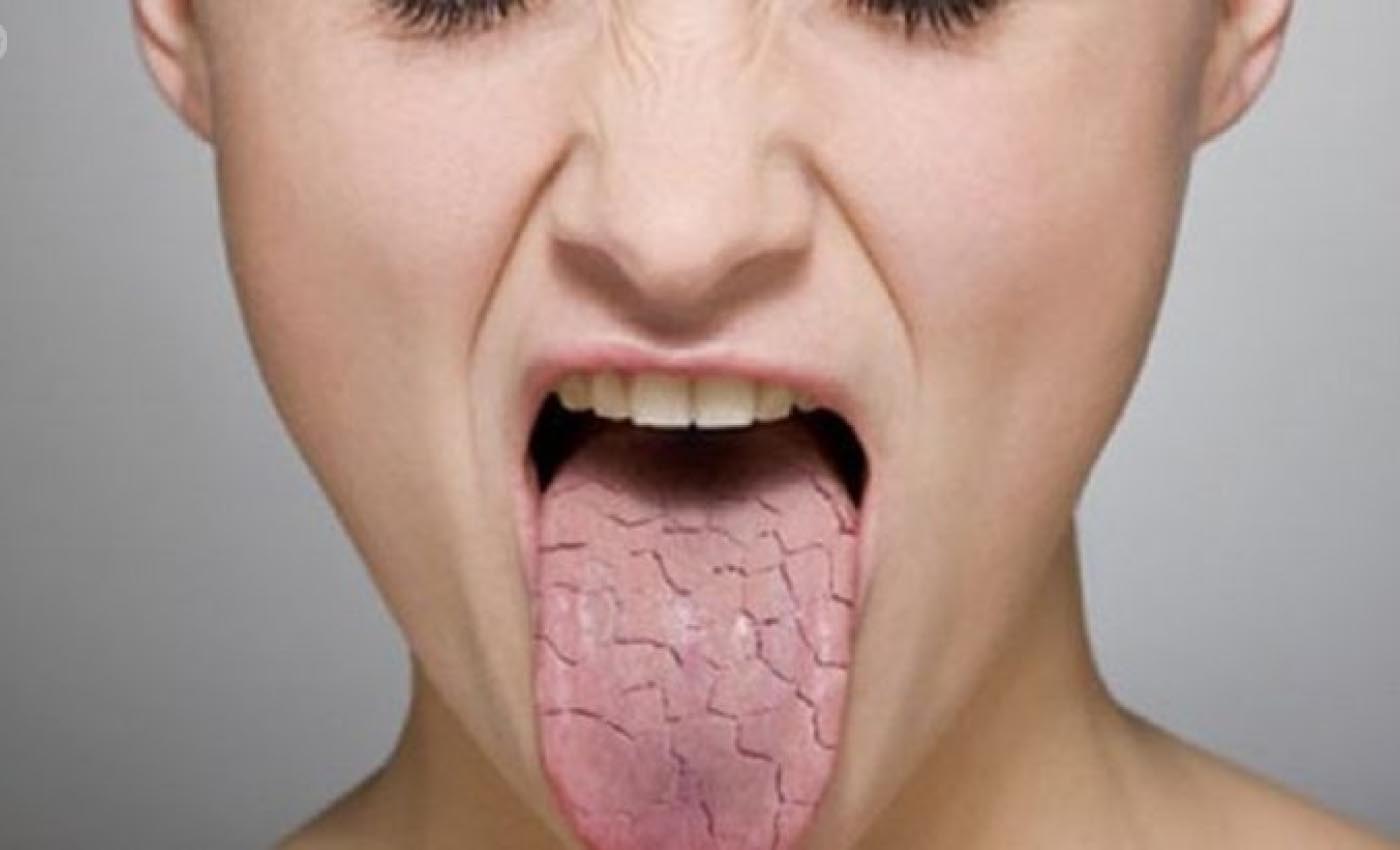
Why has your Saliva stopped working 24/7
What is Sjogren’s Syndrome?
Sjogren’s syndrome is an autoimmune disorder classified by its two most common traits, which are
Dry eyes
Dry mouth
This indicates that the immune system attacks parts of their own body by mistake. It attacks the glands that make tears and saliva. The condition often accompanies other immune system disorders, such as Lupus and rheumatoid arthritis. This causes a dry mouth and dry eyes. However, one can develop Sjogren’s syndrome at any age, mostly seen beyond 40 years of age. The condition is much more likely to occur in women.
What are the symptoms of Sjogren’s Disorder?
The two chief symptoms of this syndrome are:
Dry eyes
Dry mouth
A few other symptoms also consist of:
Vaginal dryness
Dry cough
Extended fatigue
Joint pain and stiffness
Swollen salivary glands
Skin rashes
What are the risk factors for Sjogren Syndrome?
The factors aren’t certain as to why some people develop Sjogren’s Syndrome. But it is seen that genetic factors and a triggering mechanism that is likely to be an infection with a particular virus or strain of bacteria can put people at higher risk of the disorder.
It is also known to damage other parts of your body:
Nerves
Lungs
Liver
Kidneys
Joints
Thyroid
Skin
Dental risks associated to Sjogren’s syndrome:
As the signs of Sjogren’s Syndrome are typically dental complications, dentists tend the be the first to diagnose it. Due to the symptom such as bad breath that commonly accompanies this disorder. Bad breath in itself is a reason for several dental complications.
Sjogren’s disorder is generally also associated with the following oral health complications:
Oral infections such as
Enlargement of salivary glands
Angular cheilitis- Inflammation and small cracks in one or both corners of the mouth
Mucositis- is the painful inflammation and ulceration of the mucous membranes lining the digestive tract
Painful oral injuries
Oral Thrush
Saliva is at work 24/7 and cleanses our mouth by removing the particles that could cause bad breath. It is often the case with people suffering from xerostomia that they end up having bad breath due to reduced saliva production. This could also be a case due to the consumption of certain medications. Dry mouth causes plaque build-up, caries, and various other dental complications. Often when we wake up, we experience bad breath, and that is because our mouths are naturally dry while we’re asleep.
Final Note
Sjögren disease is an autoimmune disease that destroys glands such as the Salivary and tears glands. The most common symptoms of Sjogren’s syndrome are Dry mouth and dry eyes. Characterizable oral signs associated with Sjogren’s disorder include an increase in the risk of Tooth decay, Gingivitis, Oral Thrush, enlarged salivary glands, etc. Treatment of Sjogren disease usually focuses on symptom relief and prevention.

Hailey - 9 months ago